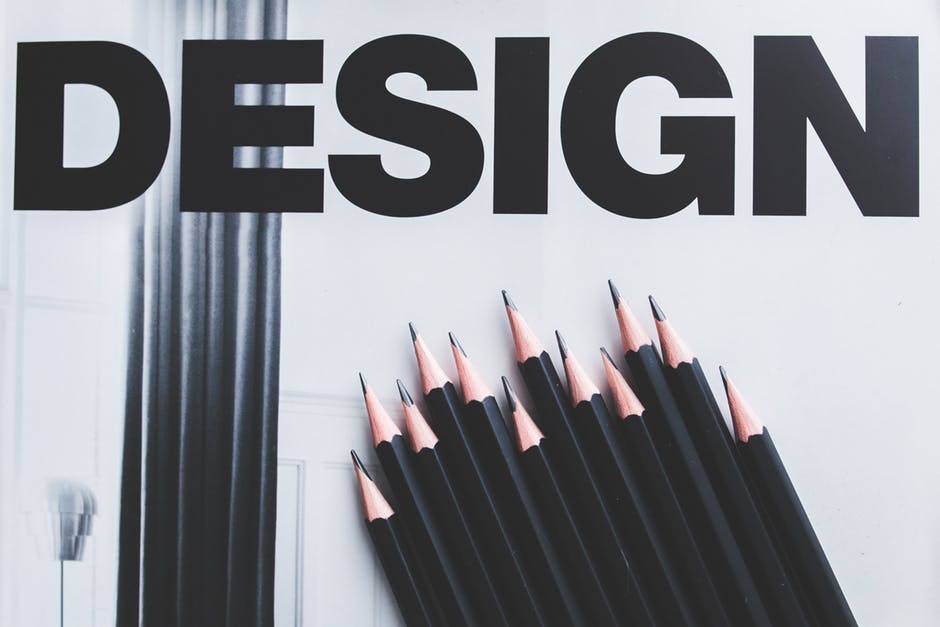The School of Design offers specialized and flexible programs in three broad verticals – Spatial Design, Product Design, and Communication Design. The duration of pathways ranges from 4-year for Undergraduate and 1 to 2-year Postgraduate plus a variety of short term 1-year, 6-month, 3-month professional programs and short workshops in specialized design disciplines.
Whether it’s designing housing for the underprivileged or high-end products for urban technophiles, the students of the School of Design are encouraged to inculcate a strong focus on research, cultural context, the art of making, and independent yet collaborative thinking in their work.

At School Of Design , Pearl Academy, our mission is to shape great designers who are comfortable working both in Indian and global contexts, and we want nothing less than to actively define India’s design identity within the larger world. Our students come from diverse backgrounds and they bring their individual, social, and collective cultures with them into everything they do as designers, with a strong emphasis on serving the entire spectrum of society.
Below is an excerpt from HT Education, 9th May 2018, where Srishti Bajaj, Area Head, School Of Design, Pearl Academy talks about Product and Lifestyle Design.
Q1. How is product and lifestyle design different from interior design?
While there are inherent commonalities like design processes, good aesthetics and creating for an end user, however, the scope of design application is very different. In Product & Lifestyle design (PLD) we create new objects for e.g. a watch, a smart phone or a chair; on the other hand, an Interior designer will procure furniture from a Product & Lifestyle Designer to decorate an interior space.
Q2. What is the profile of a product and lifestyle designer? What all do they design?
There are two pathways for a Product & Lifestyle Designer – as an Industrial Designer or as an Accessory Designer. An Industrial designer makes industrially produced objects like Furniture, Lighting & Consumer Durables. An Accessory designer makes functional accessories both wearable & non-wearable like Eye Wear, Watches & Jewelry.

Q3. What basic skill sets are required to be part of this industry? What are the career options?
There are a range of technical and cognitive skills that are pertinent for being a good designer. A good designer must be able to creatively solve problem while balancing logical thinking with creative expression, cater to a variety of needs, deliver smart, impactful products that can influence, empower and makes lives better.
The World Economic Forum stated that one of the top skills that will be in demand by 2020 is creativity. PLD has expanded into a successful industry that creates a wide spectrum of goods for a wide variety of markets. There are innumerable opportunities available for a young graduate – they could be successfully employed with a national or global design consultancy or head in-house design teams of a production house.

Q4. Before choosing a college, offering a course in product and lifestyle design, what all students should look for in the course?
I would encourage all students to go visit the campus, meet faculty, interact with students and alumni. They should read up about the product design course and consider what opportunities the course offers to students for independent thinking, design exploration and is geared towards the future.
Srushti Bajaj
Area Head, School Of Design, Pearl Academy
As first appeared on HT Education on 9th May 2018











